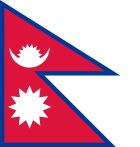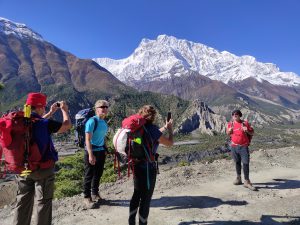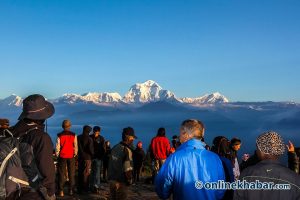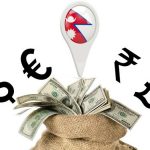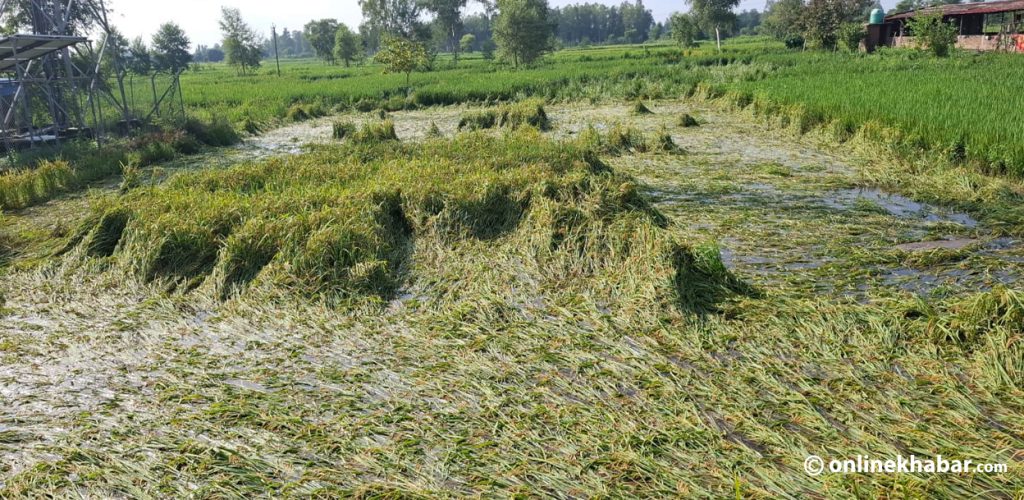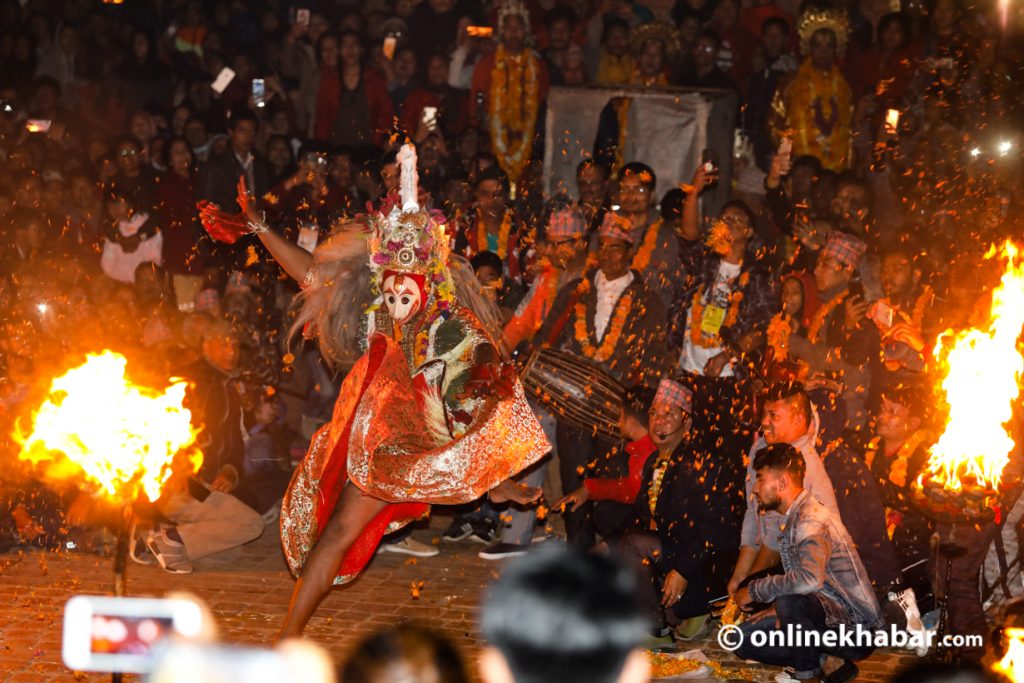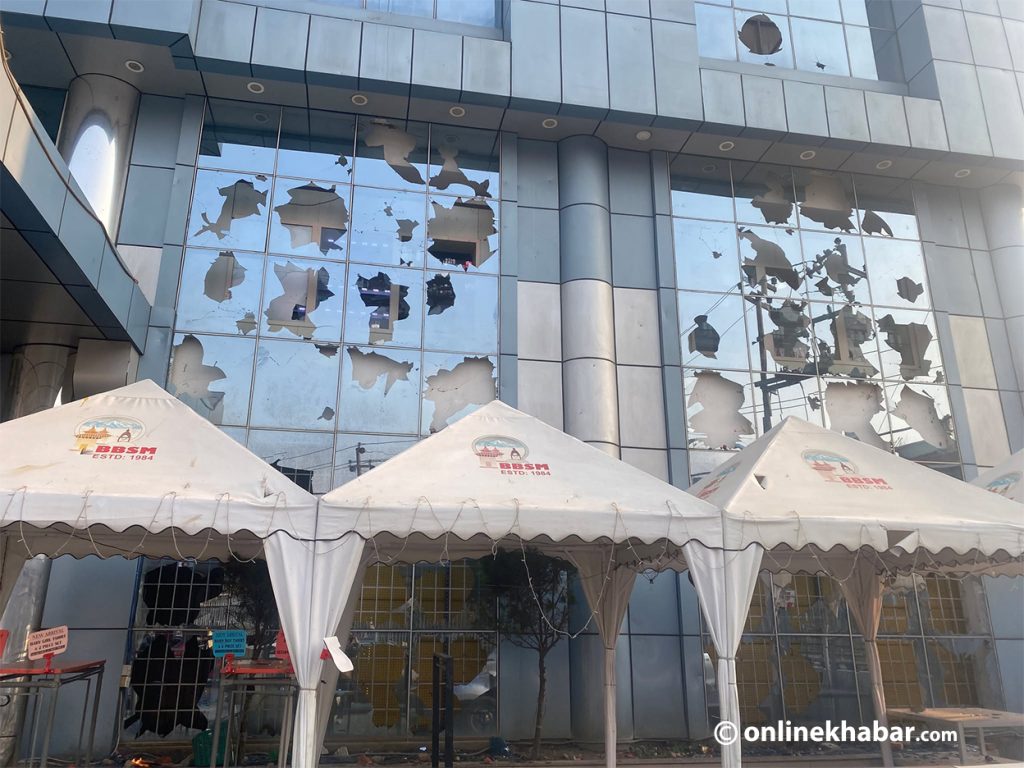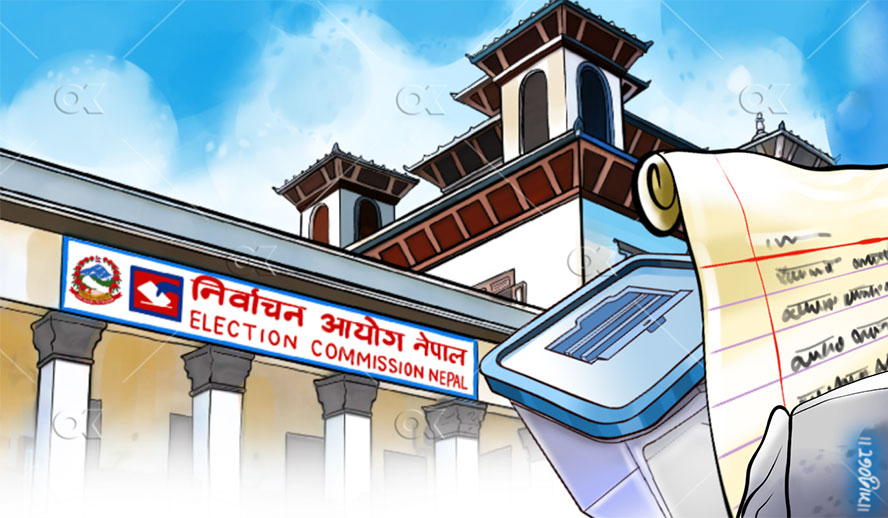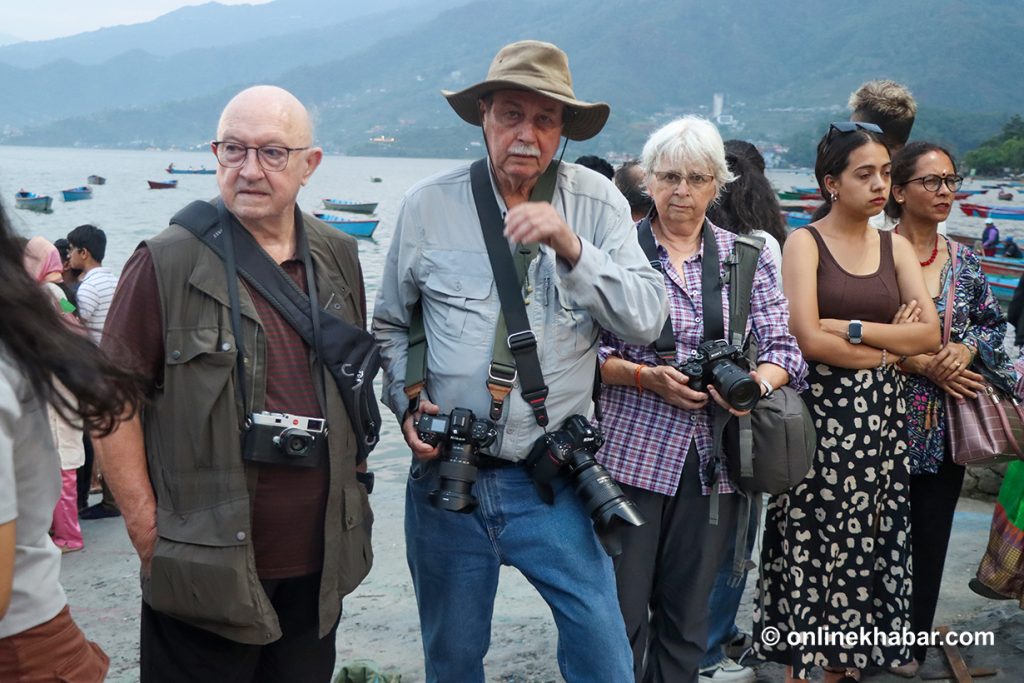
Hotels operating in Bagmati Province, the region that has witnessed the largest investment in Nepal’s hospitality industry, have reported a rise in guest arrivals. According to the Economic Activity Study 2024/25 published by Nepal Rastra Bank, the average hotel room occupancy rate in Bagmati has reached 57 percent, up from 51.9 percent in the previous fiscal year 2023/24. The study notes that the increase in both domestic and foreign tourists has boosted the hotel, restaurant, and trekking sectors.
The data shows that hotel occupancy was highest in mid-October to mid-November 2024 at 67.8 percent and lowest in mid-January to mid-February 2025 at 44.7 percent. In other months, the rates were 47.6 percent in mid-July to mid-August 2024, 59.7 percent in mid-August to mid-September 2024, 59.2 percent in mid-September to mid-October 2024, 63.7 percent in mid-November to mid-December 2024, 56.6 percent in mid-December 2024 to mid-January 2025), 60.5 percent in mid-February to mid-March 2025, 63.6 percent in mid-March to mid-April 2025), 56.8 percent in mid-April to mid-May 2025, 54.5 percent in mid-May to mid-June 2025, and 49.2 percent in mid-June to mid-July 2025.
Hotel Association Nepal (HAN) president Binayak Shah said that the occupancy rate during October-November this year also appears encouraging. However, he noted that such trends may not remain consistent throughout the year. According to him, trekking tourists generally arrive in greater numbers during this season, and they often prefer destinations like Pokhara, Manang, Mustang, Chitwan, or Lukla rather than Kathmandu. As a result, hotels outside the capital tend to remain full.
“In Mustang, some hotels even had to stop taking bookings,” he says to Onlinekhabar, adding that it is natural for hotel occupancy to rise when both domestic and foreign tourists travel simultaneously.
Following the Gen Z movement, two five-star hotels in Kathmandu suspended operations, which led to increased business for other luxury hotels. Shah explained that large hotels are currently doing satisfactory business and that the closure of Hilton and Hyatt has redistributed their business to other hotels, creating a natural rise in pressure. He added that Shangri-La and Annapurna, two other five-star hotels, are also not in operation at present, allowing newly opened large hotels to enjoy higher occupancy rates. In Chitwan and Pokhara, hotels have reported good business during public holidays, supported by a steady flow of both domestic and Indian tourists. Hotels in the Terai region have also recorded satisfactory arrivals of Indian visitors.
Nepal Rastra Bank, analyzing the first quarter of the current fiscal year 2025/26, expects further improvement in the service sector. Although foreign tourist arrivals declined in mid-August to mid-September 2024 following the Gen Z movement, the numbers have since improved, contributing to a rise in tourism revenue and economic activity. The report also suggests that ongoing reconstruction efforts and the upcoming elections will further expand the transport, hotel, and restaurant businesses, supporting overall economic growth.
In October 2025, which is considered Nepal’s main tourist season for trekking and mountaineering, a total of 128,443 tourists visited the country, 3.3 percent more than in the same month the previous year. American and European tourist arrivals were particularly notable. Although Indian tourists topped the list in number, other countries recorded higher growth rates. That month, 17,298 tourists came from India, 13,286 from the United States, 8,718 from the United Kingdom, 6,755 from China, and 6,366 from Germany. Among the total visitors, 31.6 percent were Europeans (40,600 tourists), while 22.6 percent were from South Asian countries, including India (29,060 tourists). Other Asian countries accounted for 23,127 visitors, while 16,407 came from the Americas, 6,814 from Oceania, 3,548 from the Middle East, 443 from Africa, and 8,444 from other regions. During this autumn season, 1,450 climbers from 175 expedition teams received climbing permits, generating NPR 25.51 crore (about USD 1.9 million) in royalties for the government.
According to the Nepal Tourism Board, a total of 943,716 tourists visited Nepal in the first ten months of 2025, a slight increase compared to the same period the previous year. Among them, India ranked first with 243,350 visitors, followed by the United States with 93,985 and China with 78,929. The United Kingdom, Bangladesh, Australia, Sri Lanka, Germany, Thailand, and South Korea also contributed significant numbers. In total, 35.8 percent of visitors came from South Asia, 20.9 percent from other Asian countries, 19.1 percent from Europe, 12 percent from the Americas, 4.4 percent from Oceania, 0.4 percent from Africa, and 5.5 percent from other regions.

